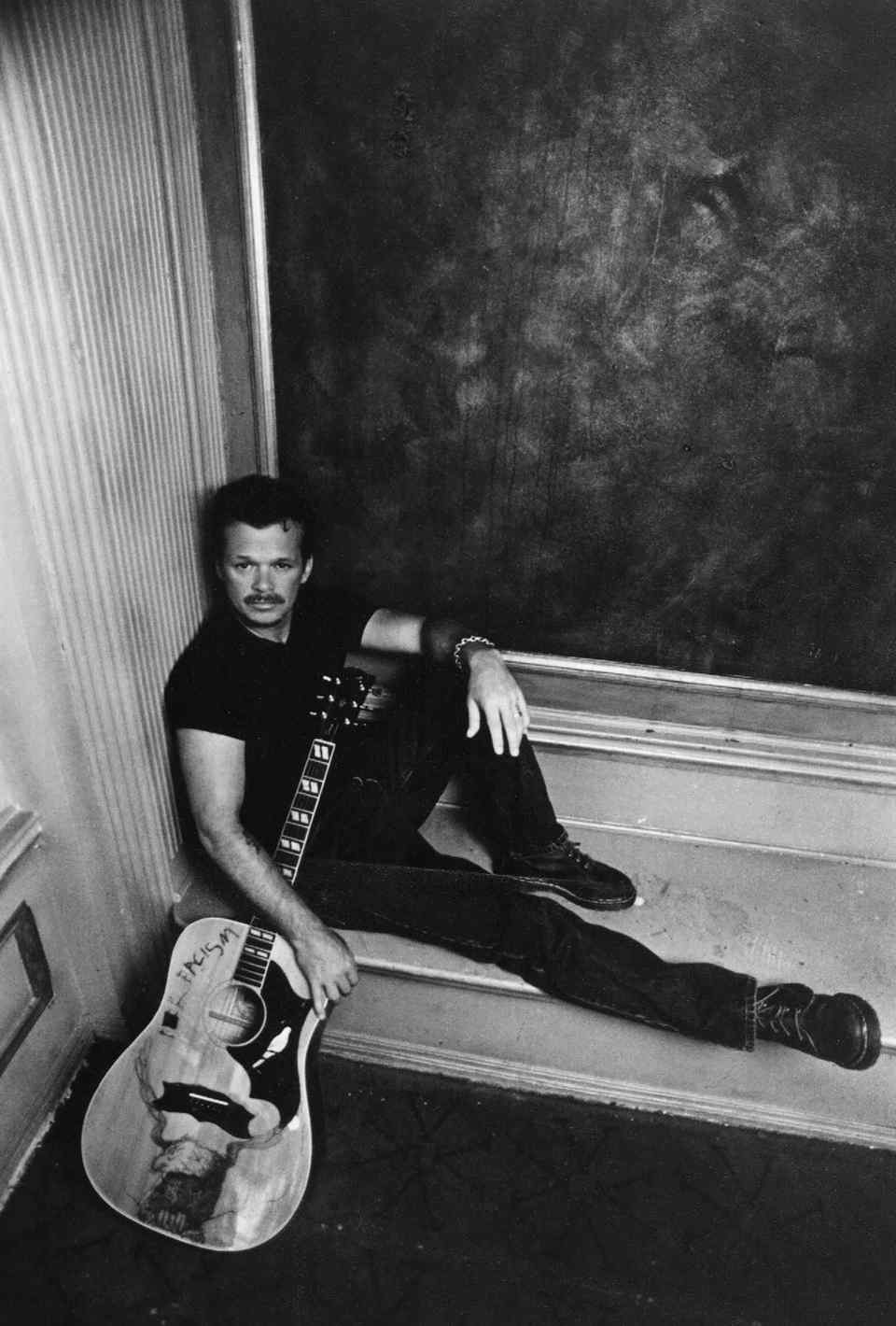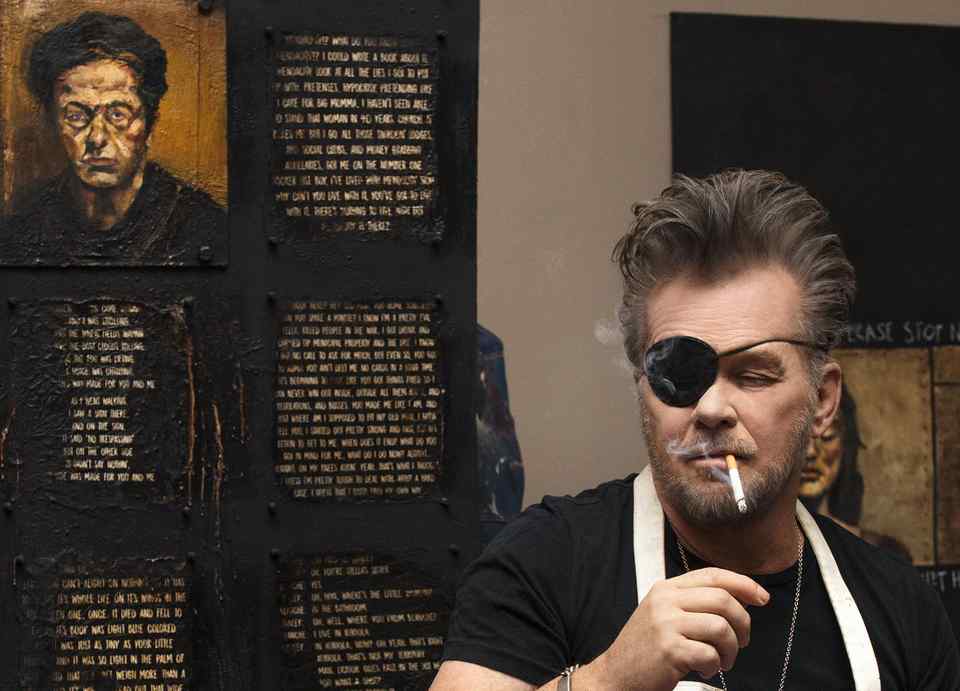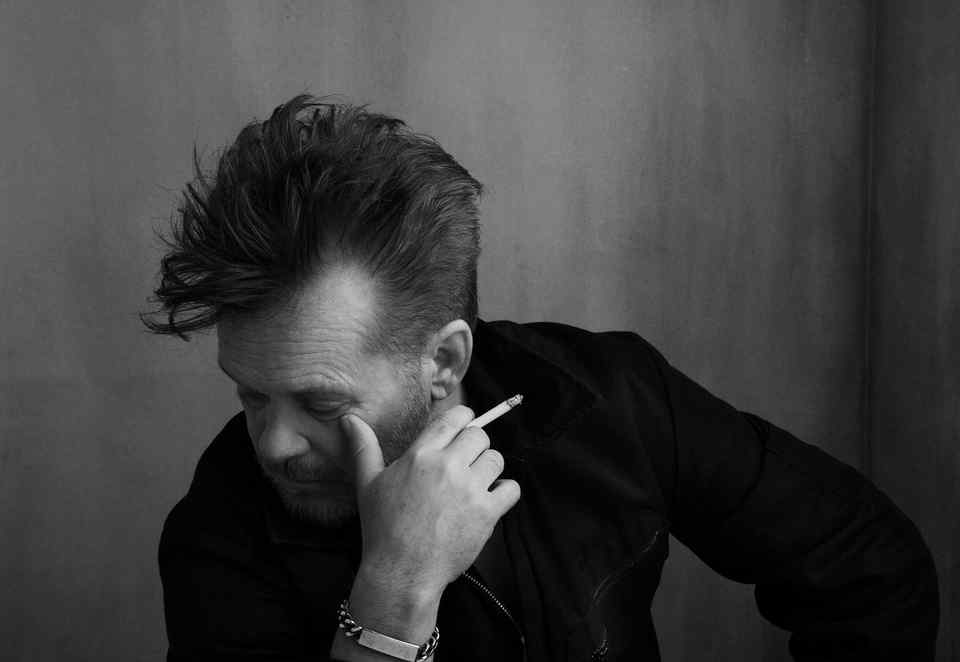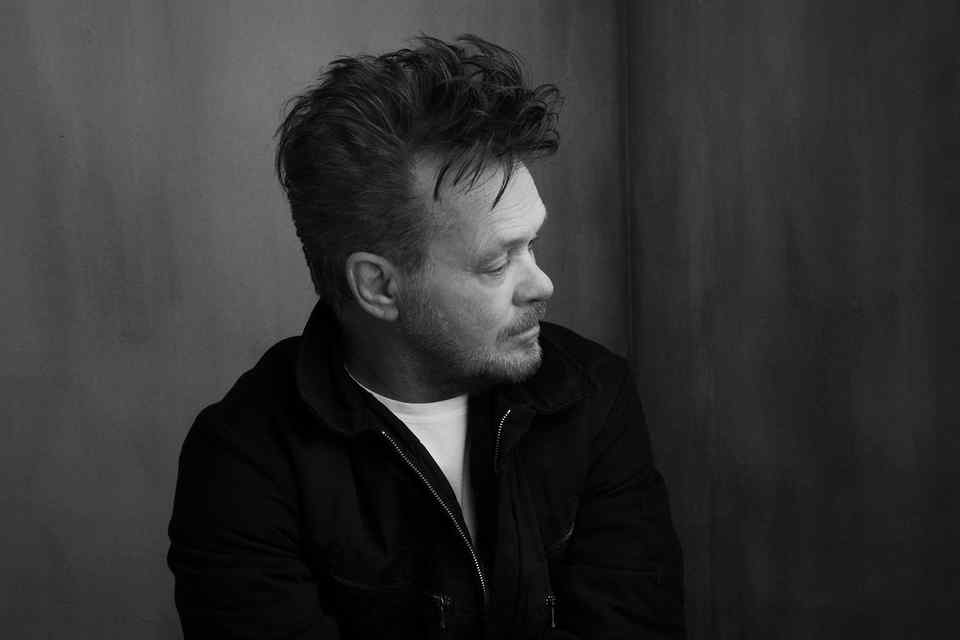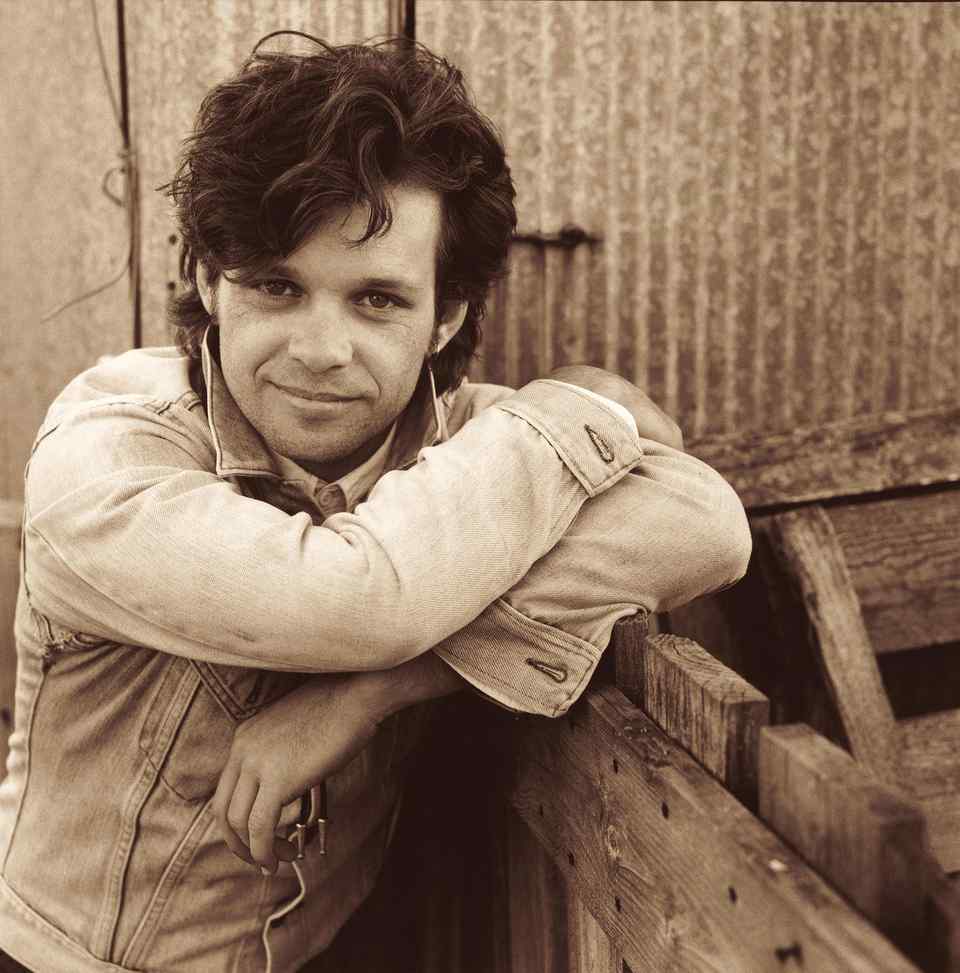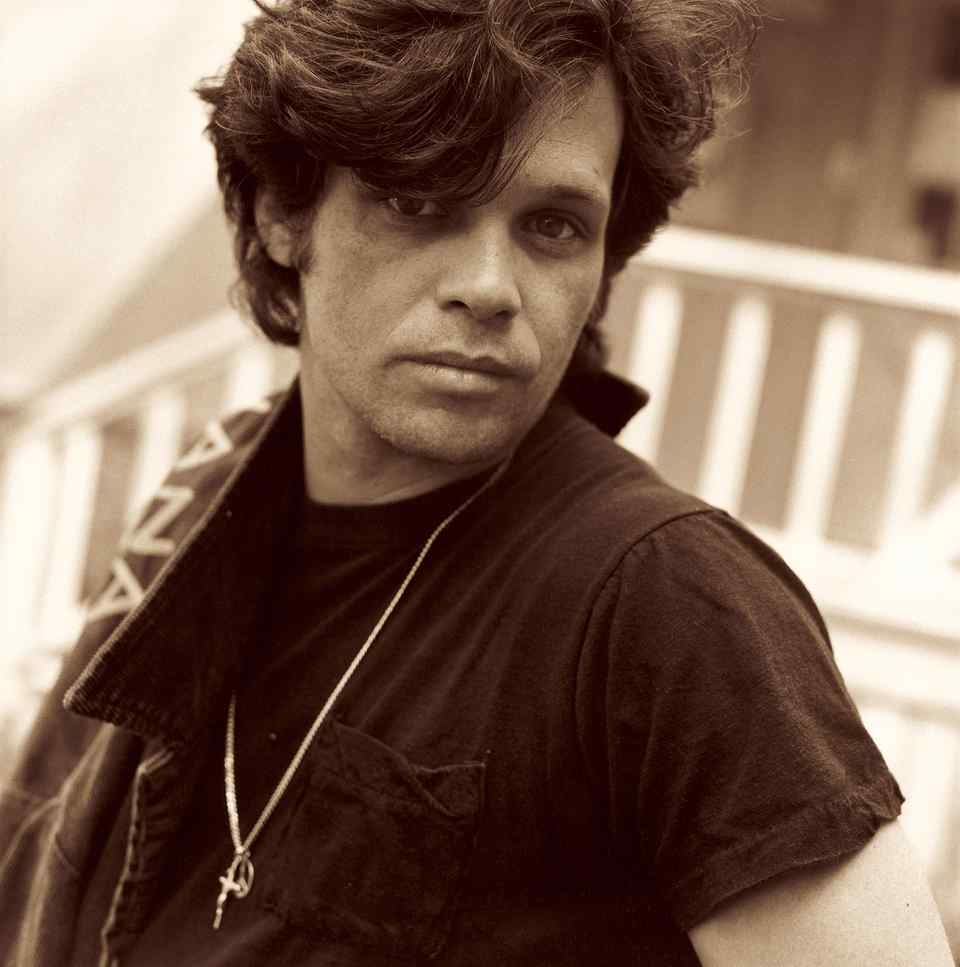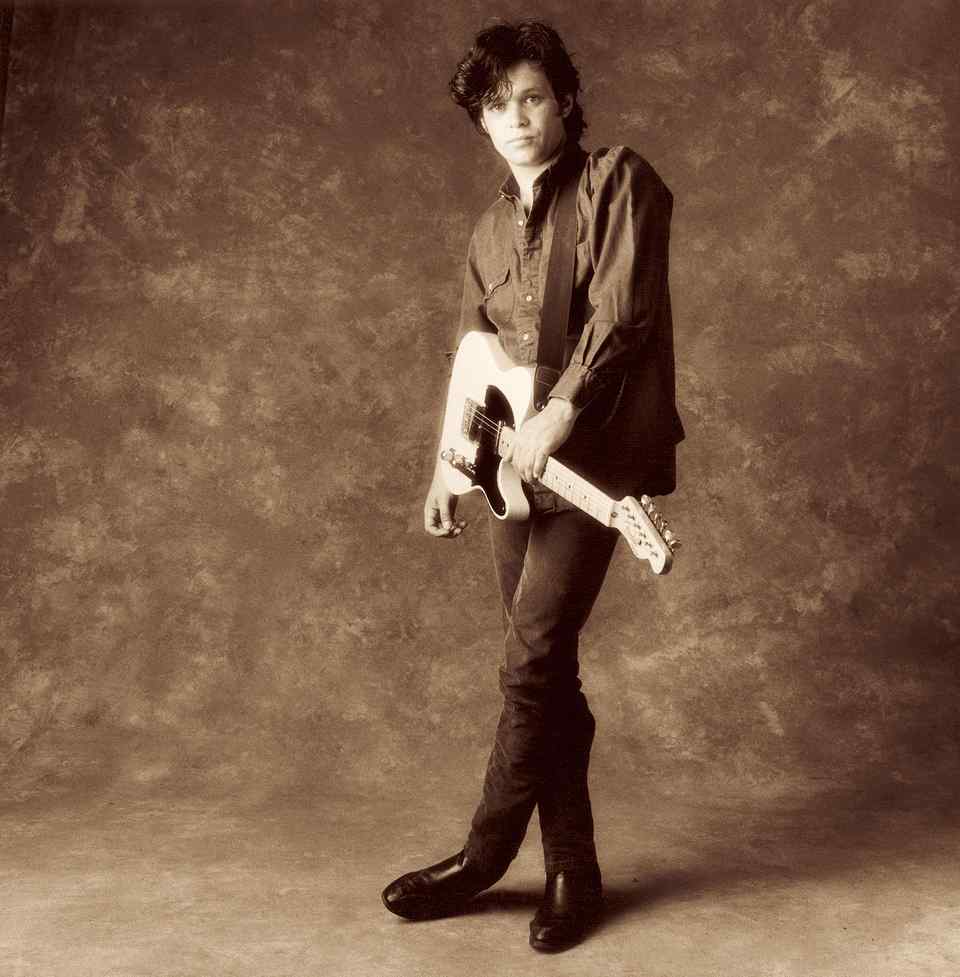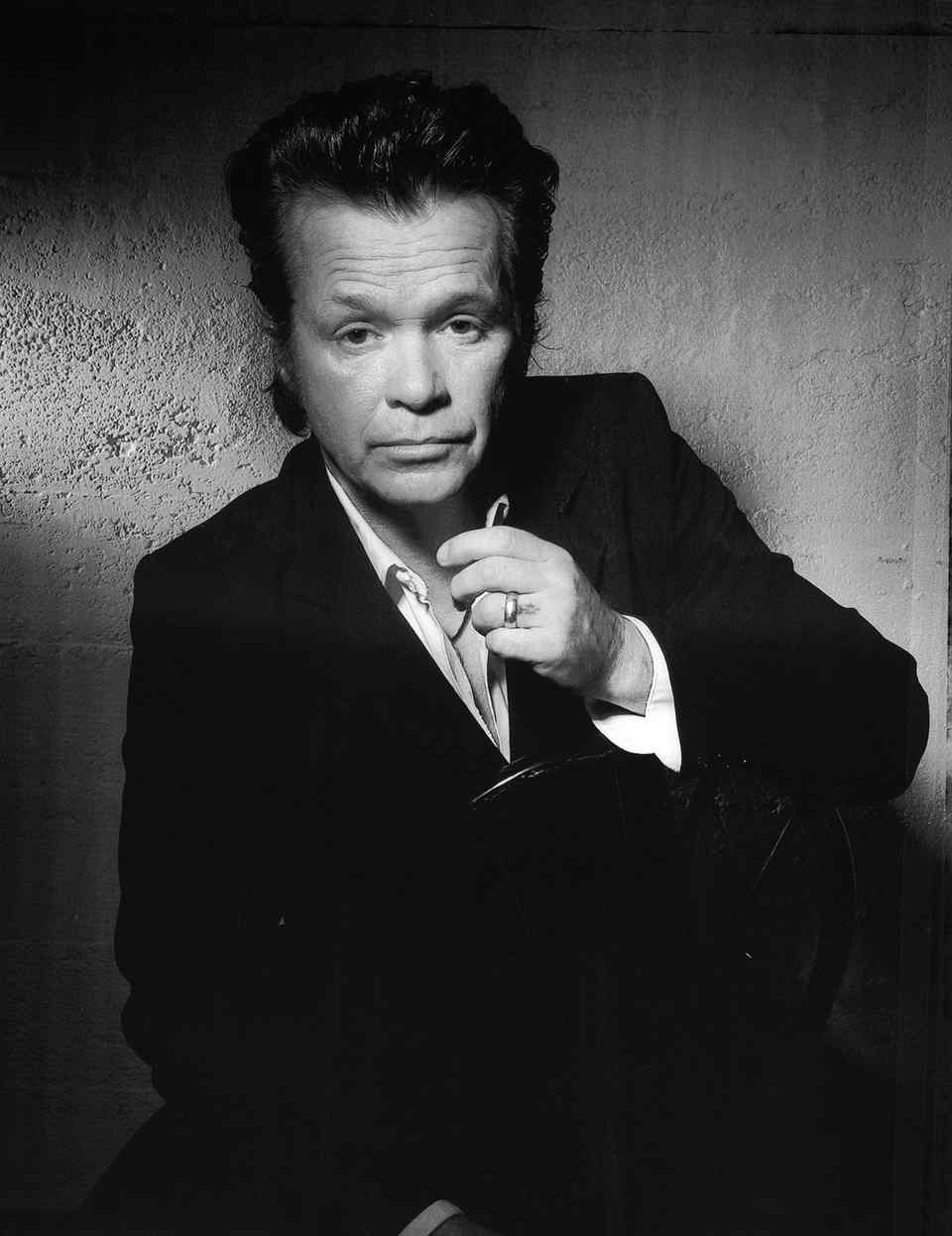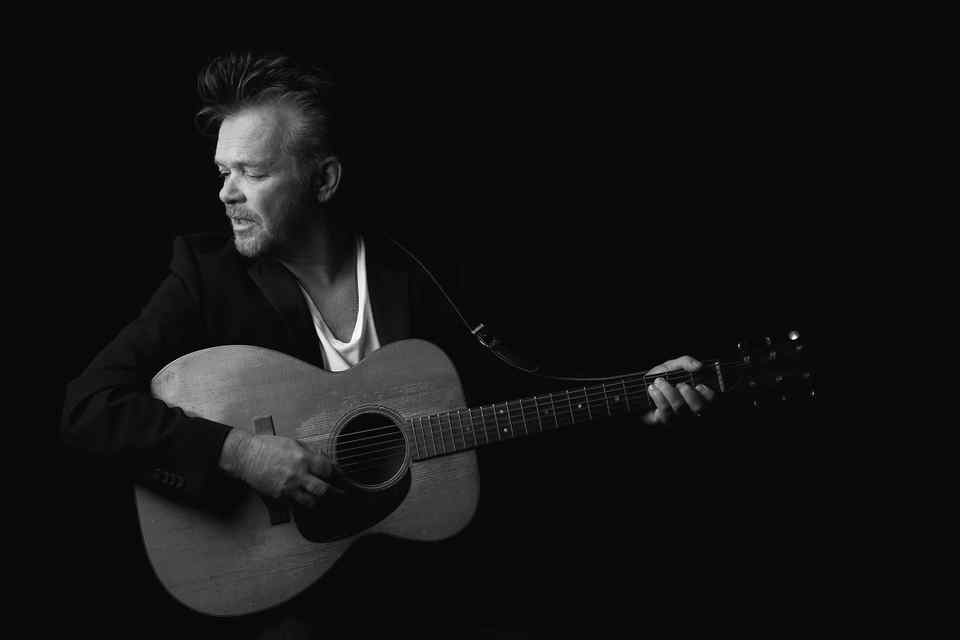Edmonton Journal: John Mellencamp's Musical History Tour - Mellencamp Interview
Edmonton Journal By Gary Graff
John Mellencamp is a Small Town guy, but this year he has big plans.
The Indiana-born singer/songwriter and Rock and Roll Hall of Famer is dealing with his past, present and future, all at the same time. In June he released On the Rural Route 7609, a handsomely packaged, four-CD box set culled from his 35-year recording career and featuring a dozen unreleased tracks. Today brings No Better Than This, an album of new material recorded with a single microphone and a reel-to-reel recorder at three historic sites in the American South.
Meanwhile, Mellencamp and novelist Stephen King continue working on their stage musical Ghost Brothers of Darkland County, for which they have recently brought in a new director, Oscar-nominated Swedish actress Liv Ullmann.
About the only thing Mellencamp hasn't done is quit smoking, despite a 1994 heart attack and a recent, highly publicized campaign by his son Speck to get a million people to sign onto a Facebook page urging his father to scrap the cigarettes.
"That whole thing was a family conversation at Thanksgiving that got way out of hand," Mellencamp, 58, says with a laugh, speaking by telephone from his home near Bloomington, Ind.
"He ended up getting, like, 700,000 names, but then he lost interest in it.
"Besides, don't you think I'm too polluted already?" he continues. "I've been smoking so long I don't think it would make a hell of a lot of difference. I think I've already passed the expiration date of when it's time to stop.
"And, besides, I don't mean to be name dropping, but I was with Keith Richards the other night, and he's still smoking, so come on ... . "
No Better Than This is Mellencamp's 25th album, and one of his most unique, not only for the low-fi recording process, but also for the locales where it was made: Sun Studios in Memphis; Room 414 of the Gunter Hotel in San Antonio, where Robert Johnson made his first recordings in November 1936; and the First African Baptist Church in Savannah, Ga., the first black church in America and a stop on the Underground Railroad before the Civil War.
"I liked the idea that there was a story behind the record other than, 'OK, here's just another John Mellencamp record,' " the singer/song-writer explains.
"So the fact that there is a backstory of the Savannah church and Sun Studios and Room 414 ... I thought those are all places I would want to visit anyway -- wouldn't it be great to just record there?"
Mellencamp made the recordings on off days during his 2009 tour of minor-league ballparks with Bob Dylan and Willie Nelson. He and Grammy-winning producer T-Bone Burnett, who had produced Mellencamp's lauded Life Death Love and Freedom (2008), recorded 14 songs, 13 of which made the album. As for the 55-year-old Ampex reel-to-reel recorder, it was $175 on eBay.
"I loved the whole idea of just trying to go 180 degrees away from where pop music is now," Mellencamp says, "where it's just prefabbed musicians and they just wrap them up in plastic and send them out. Here we are back to the lowest common denominator, one microphone and a band with no overdubs, no echo, no tweaking, anything."
He has hours of anecdotes from the sessions, which were documented by filmmaker Kurt Marcus. In Savannah, for instance, Mellencamp recorded his vocals from the pulpit, which was right above the baptismal font -- so he and his wife, Elaine, were baptized there.
"We were, I think, the first white people to ever be baptized in that church," says Mellencamp, who has two sons with Elaine and three daughters from his two previous marriages, as well as five grandchildren. "I'm always afraid, when I walk into holy places, that something bad's going to happen, but we emerged unscathed."
The floor at Sun Records, the early recording home of Johnny Cash, Jerry Lee Lewis, Roy Orbison, Carl Perkins, Elvis Presley and scores of others, was marked with Xs for the singers and musicians, which made setup there simple, Mellencamp recalls.
Mellencamp and Burnett studied blueprints of the Gunter Hotel to recreate the layout Johnson used for his landmark recordings, and even tore out carpeting, curtains and other "soft material" that had been added to the room through the years.
"There was no doubt in my mind that I was in the exact same spot Robert Johnson used," Mellencamp says. "I sat in the corner with my face to the corner."
No Better Than This stays sonically true to those environments with sparse, spacious arrangements and a stark, intimate ambience that makes listeners feel as if they're sitting in the room with Mellencamp and the musicians. The songs are gritty and rustic, opening up at times to bring in blues, country and rockabilly flavours, combining folk storytelling with topical social commentary.
It's certainly not the stuff of which hit singles or platinum records are made, but, having sold more than 40 million albums and scored 22 Top 40 hits, Mellencamp says that such success is no longer a priority for him.
"I've come to the conclusion that any record I put out now is really just a calling card," he explains. "I don't really anticipate selling a bunch of them, because people don't buy them anymore. They're calling cards to let people know that I'm still writing songs and I'm still current, and that I'm not an oldies act and I will never be an oldies act and there won't be any Happy Together tour for John Mellencamp.
"I think it's great for those guys that do that," Mellencamp hastens to add, "but I would rather step in the footsteps of Woody Guthrie and Bob Dylan and Willie Nelson. Nothing against the Turtles or Mark Lindsay -- I loved Paul Revere & the Raiders, loved them -- but I don't want to do that."
Mellencamp's upcoming tour in support of No Better Than This will offer an unorthodox response to the problem of selling a live performance of songs whose point was in part where they were recorded. Marcus's film footage will be shown to start the evening, and be followed by a stripped-down acoustic set with Mellencamp and his band, a solo segment and then a fully electrified rock set. "You'll get three different types of John Mellencamp and you'll get a movie," the singer/songwriter says. "I've never done anything like that before."
John Mellencamp is a Small Town guy, but this year he has big plans.
The Indiana-born singer/songwriter and Rock and Roll Hall of Famer is dealing with his past, present and future, all at the same time. In June he released On the Rural Route 7609, a handsomely packaged, four-CD box set culled from his 35-year recording career and featuring a dozen unreleased tracks. Today brings No Better Than This, an album of new material recorded with a single microphone and a reel-to-reel recorder at three historic sites in the American South.
Meanwhile, Mellencamp and novelist Stephen King continue working on their stage musical Ghost Brothers of Darkland County, for which they have recently brought in a new director, Oscar-nominated Swedish actress Liv Ullmann.
About the only thing Mellencamp hasn't done is quit smoking, despite a 1994 heart attack and a recent, highly publicized campaign by his son Speck to get a million people to sign onto a Facebook page urging his father to scrap the cigarettes.
"That whole thing was a family conversation at Thanksgiving that got way out of hand," Mellencamp, 58, says with a laugh, speaking by telephone from his home near Bloomington, Ind.
"He ended up getting, like, 700,000 names, but then he lost interest in it.
"Besides, don't you think I'm too polluted already?" he continues. "I've been smoking so long I don't think it would make a hell of a lot of difference. I think I've already passed the expiration date of when it's time to stop.
"And, besides, I don't mean to be name dropping, but I was with Keith Richards the other night, and he's still smoking, so come on ... . "
No Better Than This is Mellencamp's 25th album, and one of his most unique, not only for the low-fi recording process, but also for the locales where it was made: Sun Studios in Memphis; Room 414 of the Gunter Hotel in San Antonio, where Robert Johnson made his first recordings in November 1936; and the First African Baptist Church in Savannah, Ga., the first black church in America and a stop on the Underground Railroad before the Civil War.
"I liked the idea that there was a story behind the record other than, 'OK, here's just another John Mellencamp record,' " the singer/song-writer explains.
"So the fact that there is a backstory of the Savannah church and Sun Studios and Room 414 ... I thought those are all places I would want to visit anyway -- wouldn't it be great to just record there?"
Mellencamp made the recordings on off days during his 2009 tour of minor-league ballparks with Bob Dylan and Willie Nelson. He and Grammy-winning producer T-Bone Burnett, who had produced Mellencamp's lauded Life Death Love and Freedom (2008), recorded 14 songs, 13 of which made the album. As for the 55-year-old Ampex reel-to-reel recorder, it was $175 on eBay.
"I loved the whole idea of just trying to go 180 degrees away from where pop music is now," Mellencamp says, "where it's just prefabbed musicians and they just wrap them up in plastic and send them out. Here we are back to the lowest common denominator, one microphone and a band with no overdubs, no echo, no tweaking, anything."
He has hours of anecdotes from the sessions, which were documented by filmmaker Kurt Marcus. In Savannah, for instance, Mellencamp recorded his vocals from the pulpit, which was right above the baptismal font -- so he and his wife, Elaine, were baptized there.
"We were, I think, the first white people to ever be baptized in that church," says Mellencamp, who has two sons with Elaine and three daughters from his two previous marriages, as well as five grandchildren. "I'm always afraid, when I walk into holy places, that something bad's going to happen, but we emerged unscathed."
The floor at Sun Records, the early recording home of Johnny Cash, Jerry Lee Lewis, Roy Orbison, Carl Perkins, Elvis Presley and scores of others, was marked with Xs for the singers and musicians, which made setup there simple, Mellencamp recalls.
Mellencamp and Burnett studied blueprints of the Gunter Hotel to recreate the layout Johnson used for his landmark recordings, and even tore out carpeting, curtains and other "soft material" that had been added to the room through the years.
"There was no doubt in my mind that I was in the exact same spot Robert Johnson used," Mellencamp says. "I sat in the corner with my face to the corner."
No Better Than This stays sonically true to those environments with sparse, spacious arrangements and a stark, intimate ambience that makes listeners feel as if they're sitting in the room with Mellencamp and the musicians. The songs are gritty and rustic, opening up at times to bring in blues, country and rockabilly flavours, combining folk storytelling with topical social commentary.
It's certainly not the stuff of which hit singles or platinum records are made, but, having sold more than 40 million albums and scored 22 Top 40 hits, Mellencamp says that such success is no longer a priority for him.
"I've come to the conclusion that any record I put out now is really just a calling card," he explains. "I don't really anticipate selling a bunch of them, because people don't buy them anymore. They're calling cards to let people know that I'm still writing songs and I'm still current, and that I'm not an oldies act and I will never be an oldies act and there won't be any Happy Together tour for John Mellencamp.
"I think it's great for those guys that do that," Mellencamp hastens to add, "but I would rather step in the footsteps of Woody Guthrie and Bob Dylan and Willie Nelson. Nothing against the Turtles or Mark Lindsay -- I loved Paul Revere & the Raiders, loved them -- but I don't want to do that."
Mellencamp's upcoming tour in support of No Better Than This will offer an unorthodox response to the problem of selling a live performance of songs whose point was in part where they were recorded. Marcus's film footage will be shown to start the evening, and be followed by a stripped-down acoustic set with Mellencamp and his band, a solo segment and then a fully electrified rock set. "You'll get three different types of John Mellencamp and you'll get a movie," the singer/songwriter says. "I've never done anything like that before."
